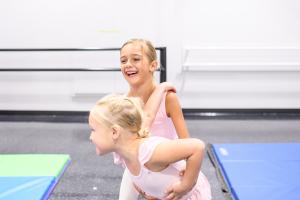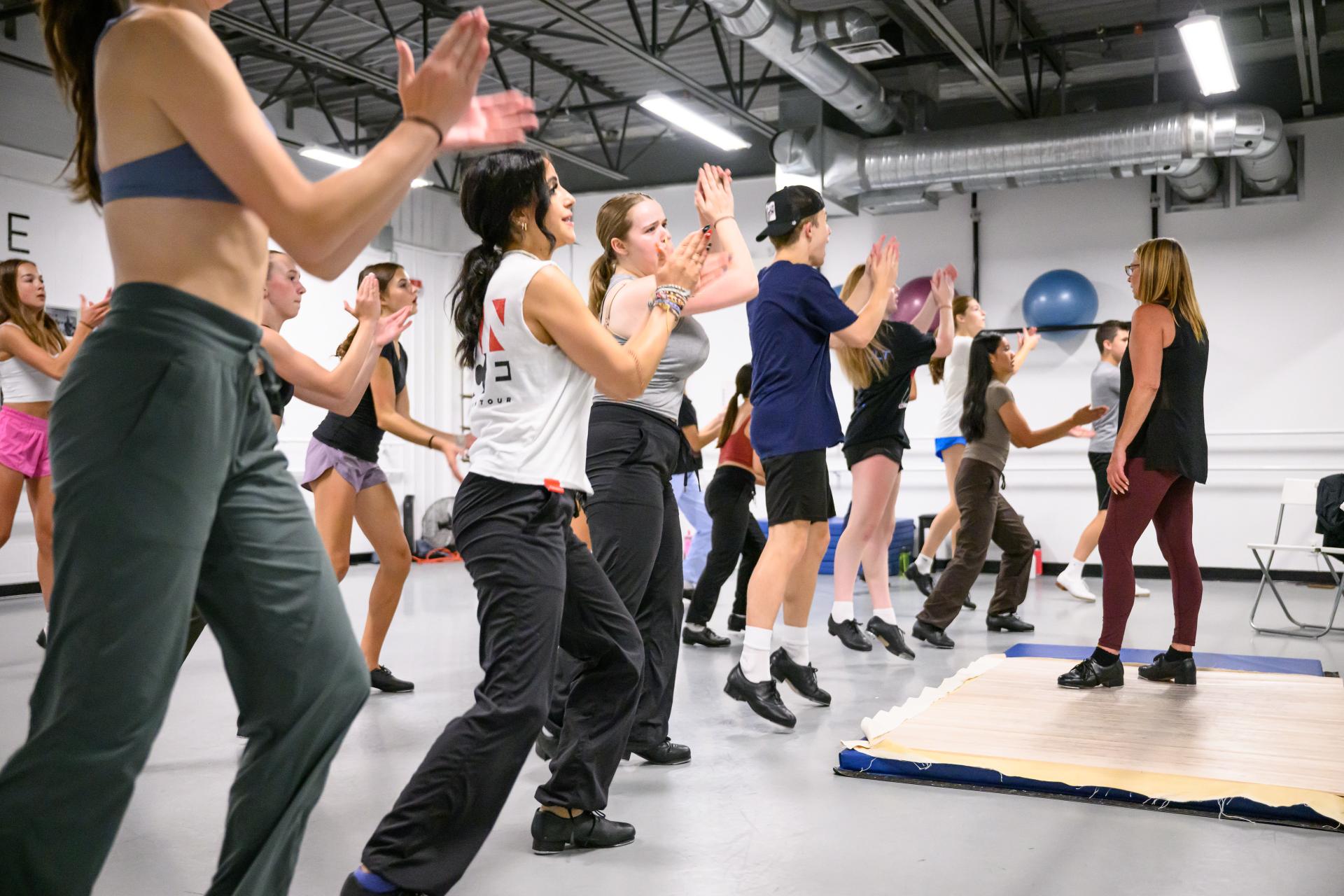Whether we’re dancing like goofballs in the living room with family, or in class working our muscles until they shake as we prepare for exams, nothing quite beats what it feels like to dance.
Of course, it helps loosen up our stiff muscles after sitting at a desk all day, but it goes far beyond that. Anyone who’s ever danced knows you just feel better after dancing, but scientists have dedicated countless hours to researching why dance has such a profound impact on us. The physical benefits of dance have always been obvious—increased flexibility and strength and coordination—but research in recent years has been focused on the brain’s benefits.
Scientists especially began to focus more on the benefits of dance on the brain after the New England Journal of Medicine compared dance to eleven other extracurriculars and found that the other activities didn’t hold a candle to the benefits that dance provides.
The first notable benefit is how dance lowers cortisol (a stress hormone) and increases serotonin (a happy hormone/neurotransmitter) in the brain. These are physical indicators that make you less stressed and happier. With other physical activities, as well as with playing or listening to music, researchers also see these changes, but not to the same extent. There is something about the unique combination of the two that drastically enhances these effects in dance. This may be from the way that the different areas of the brain need to work in tandem to unite movements with music, or even the added social benefit of connection that comes from dancing with each other. Either way, scientists have shown us that there is quantitative evidence of how wonderful it feels to dance.

The benefits are not only isolated to how we feel, however. One of the more incredible benefits our brain gets from dance is enhanced memory. Everyone knows how music can surprise us by sticking in our brains; we can recite the lyrics or the tune of songs that we haven’t heard for years. We also are familiar with how our bodies remember movements, like riding a bike, without too much thought after we’ve practiced them. On top of that, it’s becoming better known that the more we work our memory, the stronger it becomes, and dance works our memories by remembering choreography, remembering changes in music, and positioning in relation to our classmates. In other words, dance is the perfect trifecta for improving our memory. So much so that dance has shown through research to both be a preventative measure and a symptom reliever for neurodegenerative diseases such as dementia.
Dance is actually so good for the brain that there are foundations such as Dance for Parkinsons that use dance as treatment to alleviate symptoms in people who already have neurodegenerative diseases. In addition to the general movement, music, memory, and social benefits we already mentioned, dance is also well known for its cross-lateral movements (movements that cross from one side of the body to the other) which are excellent for getting the different parts of the brain and the body to work together. All of these aspects promote neural connections and plasticity which leads to healthier and better functioning brains. Pretty amazing, right?
So, whether you’re searching for a way to alleviate stress, improve your memory, or just have fun, science shows that you’re covered by taking some dance classes at any of our three Prestige Dance Academy locations in Calgary.

